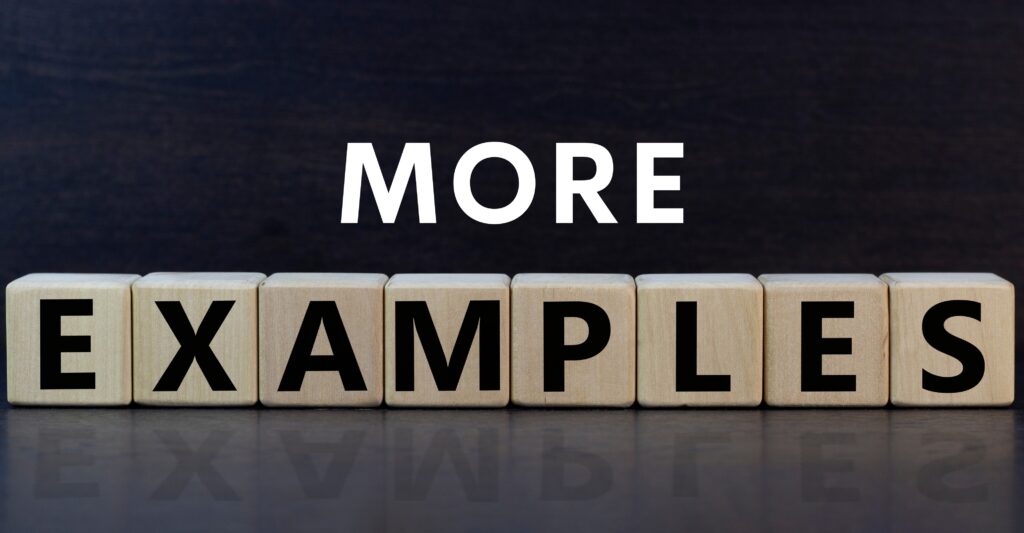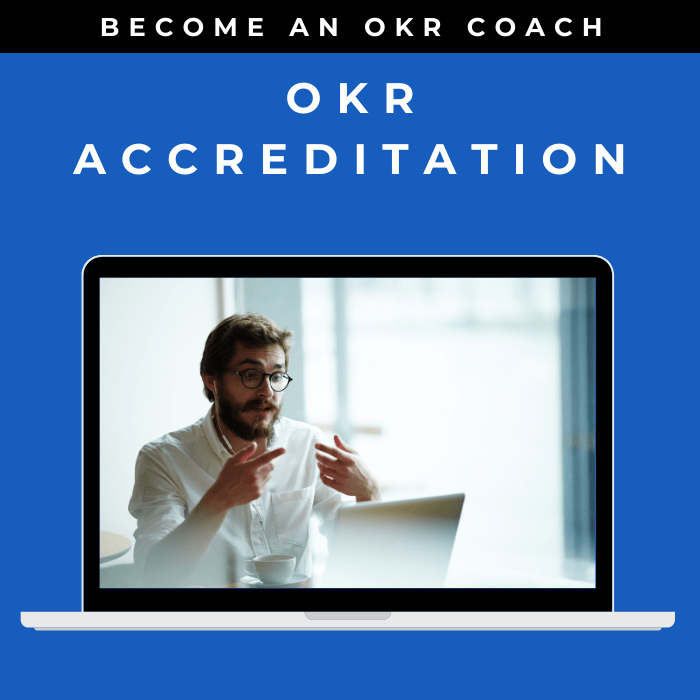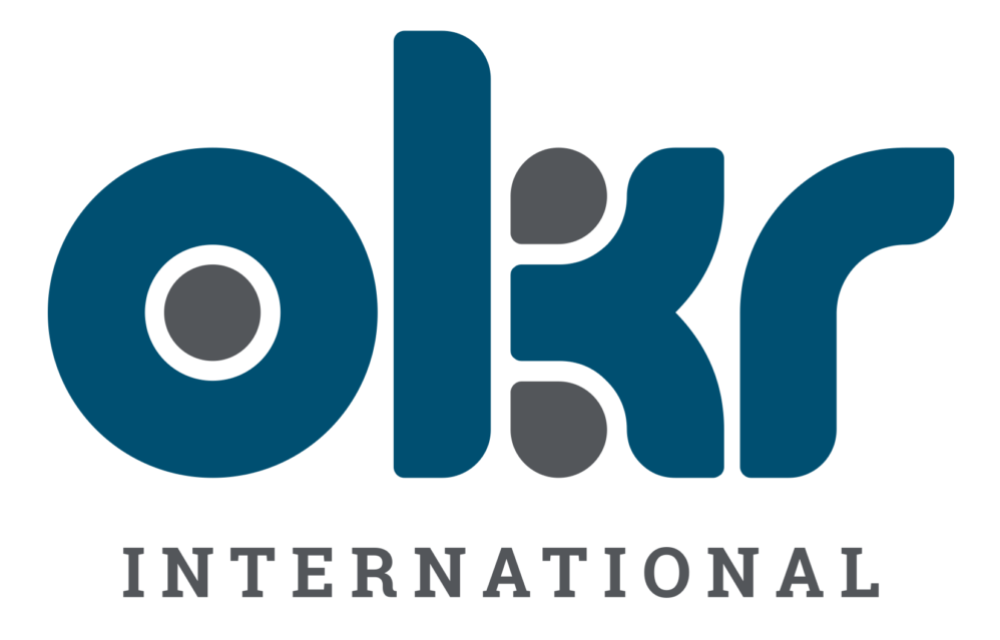10 Tantalizing OKR Examples in Talent Management
Talent management is crucial for organizations to attract, develop, and retain top-performing employees. Objectives and Key Results (OKRs) can play a vital role in driving performance and success in talent management. Here are ten tantalizing OKR examples in Talent Management:
1. Enhancing Recruitment Effectiveness
Objective: Improve the efficiency and quality of the recruitment process.
Key Results:
- Reduce the time-to-fill vacancies by 60% to ensure faster hiring.
- Increase the offer acceptance rate by 50% to attract top talent.
- Achieve a 60% improvement in the quality of new hires based on performance evaluations.
2. Fostering Employee Engagement
Objective: Create a positive work environment that promotes employee satisfaction and commitment.
Key Results:
- Increase employee satisfaction scores by 20% in the next employee survey.
- Achieve a 40% reduction in employee turnover rate through improved engagement initiatives.
- Implement a recognition and rewards program and achieve a 85% participation rate.
3. Developing Leadership Capabilities
Objective: Nurture leadership skills and competencies among managers and high-potential employees.
Key Results:
- Implement a leadership development program and measure 20% increase in leadership effectiveness.
- Increase the promotion rate of internal candidates to 40% to fill leadership positions.
- Conduct 360-degree feedback assessments for managers and achieve an average rating of 8.
4. Enhancing Performance Management
Objective: Establish a performance-driven culture and improve individual and team performance.
Key Results:
- Implement a goal-setting framework and achieve 60% alignment of individual goals with organizational objectives.
- Increase the average performance rating by 50% based on performance evaluations.
- Conduct regular performance conversations and achieve 70% completion rate.
5. Strengthening Learning and Development
Objective: Promote continuous learning and skill development among employees.
Key Results:
- Implement a learning management system and achieve 90% employee participation in training programs.
- Increase the average training effectiveness rating by 80% based on participant feedback.
- Measure the impact of training programs by tracking 75% increase in skills proficiency.
6. Building a High-Performing Culture
Objective: Foster a culture of excellence and high performance throughout the organization.
Key Results:
- Define and communicate core values and achieve 80% employee alignment with those values.
- Recognize and reward top performers, achieving a 70% increase in employee recognition.
- Foster collaboration and teamwork, achieving 80% improvement in cross-functional collaboration metrics.
7. Succession Planning and Talent Pipeline
Objective: Identify and develop high-potential employees for future leadership roles.
Key Results:
- Identify 75% of high-potential employees and create individual development plans for them.
- Increase the internal promotion rate to leadership positions by 80%.
- Measure the effectiveness of succession planning by tracking the readiness level of 5 identified successors.
8. Enhancing Diversity and Inclusion
Objective: Foster a diverse and inclusive work environment that values equality and representation.
Key Results:
- Increase diversity representation at all levels of the organization by 70%.
- Implement diversity and inclusion training programs and achieve a 80% participation rate.
- Conduct regular diversity climate surveys and achieve a 55% increase in positive responses.
9. Employee Well-being and Work-Life Balance
Objective: Promote employee well-being and support work-life balance initiatives.
Key Results:
- Implement well-being programs and achieve 90% employee participation rate.
- Reduce employee burnout rates by 60% through the implementation of work-life balance initiatives.
- Measure employee satisfaction with work-life balance and achieve a 75% satisfaction rate.
10. Employee Career Development
Objective: Support employees in their career growth and provide opportunities for advancement.
Key Results:
- Implement a career development program and achieve 90% employee participation.
- Increase the percentage of employees with a documented career development plan to 60%.
- Measure career progression and achieve 78% of employees advancing to higher roles.
By adopting these OKR examples in talent management, organizations can attract and retain top talent, foster employee growth and development, and create a high-performing culture. These strategic objectives and key results serve as guiding principles for organizations seeking to excel in talent management and drive long-term success.

When looking to set OKRs, it’s natural to want examples to ignite the thought process or simply compare yours to OKR Examples. Check out our compendium of OKR Examples here.
Explore Our Range of Services
Bring OKRs (Objectives and Key Results) to your organisation with our tried & tested OKR Framework.


OKR International’s highly acclaimed Certified OKR Practitioner Program is the first and only OKR accreditation endorsed by ICF & HRCI for continuing education units.
OKR International helps leaders create the alignment, engagement and result orientation needed for growth by offering OKR Advisory services.




